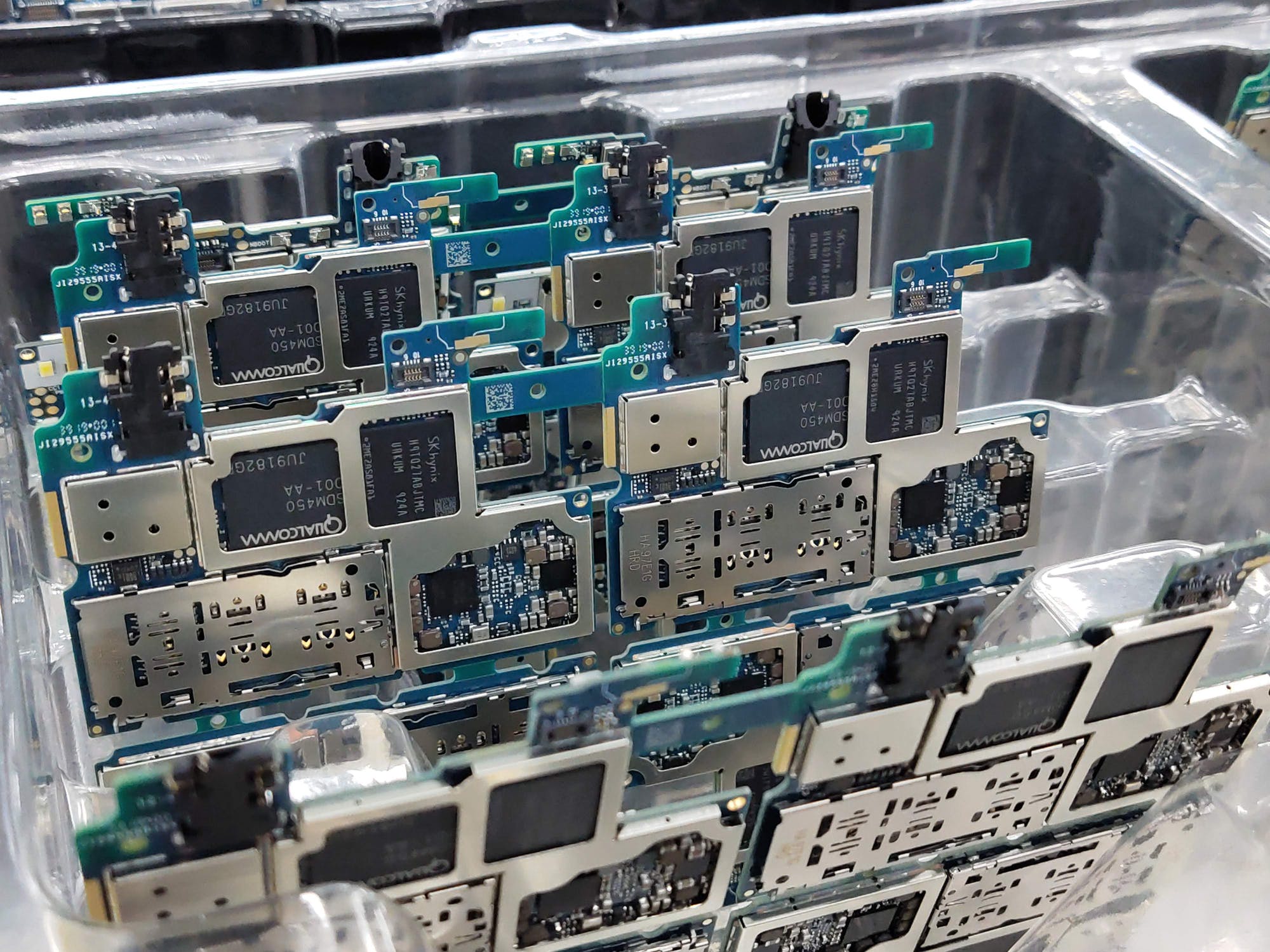2020 was a transformative year for most industries, for better or for worse. The manufacturing sector is in no way an exception to this. On one hand, the onset of the COVID-19 pandemic stalled many operations and saw a considerable number of factories planning their final exit strategies. On the other hand, the exigencies brought about by the lockdowns accelerated the brewing industrial revolution we were seeing before the virus spread out from Wuhan.
Connectivity, automation, big data analytics, and advanced technologies were already spurring huge improvements in manufacturing processes everywhere before 2020. But the series of lockdowns and pressure on global supply chains transformed such improvements from being mere optional upgrades into necessary adaptations crucial to the survival of manufacturing.
As such, here are some trends we’re expecting to spill over as manufacturers try to bounce back higher in 2021:
1. Workplace Safety Redefined
Workers’ safety has always been a top priority for all companies engaged in manufacturing, but running safe labs and factories have taken on a new definition in the context of COVID-19. Aside from ample training in the operation of machines and interacting with different materials, workers now have to learn social distancing and basic disinfection skills, as well as monitoring everything and everyone they come in close contact with.
The nature of the industry precludes a total shift to remote work, so the best companies can do is strictly enforce workplace protocols as mandated by bodies like the World Health Organization.
2. Energy Efficiency is King
Public health is not the only thing hit hard by the coronavirus pandemic. It also put a relentless strain on the financial books of many businesses. For the manufacturing sector, this means energy efficiency is more than just a buzzword now, but an actual means to cut costs at a time where demand might not be on a desirable level.
Technology-wise, powder coating of hairpin stators is seen taking center stage this year. When impregnation and powder coating can be offered from a single source, the result is a reliable, efficient process that effectively reuses heat in a cost-saving process. For example, a hygienic sausage packing line in the food industry can integrate various processes, such as filling, sealing, and labeling, into a single, efficient system. Besides improving productivity, this also improves energy efficiency and meets stringent food safety requirements.
3. 3D Printing Still Modernizing Production
Some manufacturers still heavily rely on overseas tooling companies for their jigs and molds. This dependence should wean soon, though, as the coronavirus pandemic continues to serve as a barrier to the unhampered passage of imports from abroad. Instead, manufacturing firms will be heavily relying on local 3D printers for their fixture needs. It’s not such a bad adjustment either — printing molds and jigs take up way less time and effort than closing foreign deals and waiting for the parts to arrive so they may be used.
4. Predictive Analysis for Predictive Maintenance
An hour of downtime might not do much damage in regular office settings, but the same length of the delay can already cost a manufacturing firm hundreds of thousands of dollars. This is exactly why predictive analysis and predictive maintenance would be a gamechanger in 2021 and beyond. In a nutshell, predictive analysis is employing a number of performance metrics that automatically collects data from the machines so you can closely monitor how they are doing, and prevent any imminent breakdowns and crashes before they even happen.
5. Augmented Reality in the Spotlight
Augmented reality is by no means a brand new technology. In fact, it’s been around for years, but the limitations brought about by the coronavirus pandemic highlighted the need to adopt this technology so as to allow remote work for those whose specific tasks in manufacturing can be done offsite.
AR can be used in inventory management and offsite quality control, among others. It is also highly useful in training new hires without unduly exposing them to the workplace until they’re ready to get on board.
Despite the challenges presented by 2020, there is no doubt that general manufacturing will continue to be resilient and adaptable in the coming years. If you have a business related to the industry, these are just some of the biggest trends you have to watch out for this year and in the near-term future.
